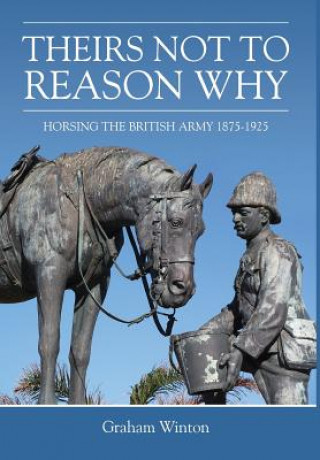
Kód: 02015946
'Theirs Not to Reason Why'
Autor Graham Winton
This book provides the first comprehensive study of the British Army s horse services between 1875-1925, including the use of horses in the 1899-1902 Anglo-Boer and the 1914-18 wars. There is a particular focus on the military pro ... celý popis
- Jazyk:
 Angličtina
Angličtina - Vazba: Pevná
- Počet stran: 519
Nakladatelství: Helion & Company Limited, 2013
- Více informací o knize

Mohlo by se vám také líbit
-

To Reason Why
655 Kč
Darujte tuto knihu ještě dnes
- Objednejte knihu a zvolte Zaslat jako dárek.
- Obratem obdržíte darovací poukaz na knihu, který můžete ihned předat obdarovanému.
- Knihu zašleme na adresu obdarovaného, o nic se nestaráte.
Více informací o knize 'Theirs Not to Reason Why'
Nákupem získáte 137 bodů
 Anotace knihy
Anotace knihy
This book provides the first comprehensive study of the British Army s horse services between 1875-1925, including the use of horses in the 1899-1902 Anglo-Boer and the 1914-18 wars. There is a particular focus on the military procurement of horses in relation to the domestic horse breeding industry, foreign supply in times of war, the debate about mechanization versus the horse and an integrated military transport system. During the 1899-1902 war the recently created Army Veterinary and Remount Departments and Horse Registration Scheme were severely tested and found wanting. Following the appalling suffering and loss of horses during this War, the period 1902 to 1914 was critical for the development of the horse services. The crucial elements in effectively horsing the Army were recognized - supply, care, and organization. The Army depended on the creation of a rapid and effective horse mobilization scheme and the ability to sustain expansion in the field. The civilian horse market was central to the supply of military horses in peace and war, and by obtaining reliable information on the number and type of horses available to them, the Army could guarantee a regular supply. There was also a need to learn lessons from the 1899-1902 war for the planning and expansion of auxiliary services, for example blacksmiths, saddlers, remount depots and veterinary hospitals. On the outbreak of war in 1914 the Army had an organized reserve and mobilization scheme; a completely integrated transport system using horses, mechanized vehicles and rail networks. As the war progressed there were serious questions about the continuing supply of horses from both home and world markets, shortages of transport for moving them from the country of purchase and the growing submarine menace. Developments by 1919 in mechanical vehicles were acknowledged by many as signaling the end of the military reliance upon the horse, even though it remained the main source of motive power, and cavalry the main arm of exploitation. Many lessons from the 1899-1902 War had been learnt, shown in the improved performance of the horse services during 1914-18. The health of animals was maintained at a higher standard than in any former war and remounts were supplied to all theaters of war and to armies of allied nations. At the end of hostilities nearly eight million animals had to be quickly disposed of, as humanely as possible, to bring the Army back to its peacetime requirementsREVIEWS ... a fascinating read, where incredible amounts of research and considerable knowledge have been engaged and employed. If you have a passion for combat history and an interest in all things equestrian, this should be your one-stop shop.History of War Magazine"
 Parametry knihy
Parametry knihy
Zařazení knihy Knihy v angličtině Society & social sciences Warfare & defence Land forces & warfare
1369 Kč
- Plný název: 'Theirs Not to Reason Why'
- Autor: Graham Winton
- Jazyk:
 Angličtina
Angličtina - Vazba: Pevná
- Počet stran: 519
- EAN: 9781909384484
- ISBN: 1909384488
- ID: 02015946
- Nakladatelství: Helion & Company Limited
- Hmotnost: 1014 g
- Rozměry: 241 × 167 × 50 mm
- Datum vydání: 28. October 2013
Oblíbené z jiného soudku
-

Apaches
441 Kč -
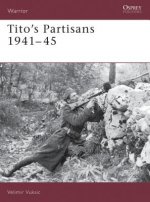
Tito's Partisans 1941-45
507 Kč -

War of the Flea
518 Kč -
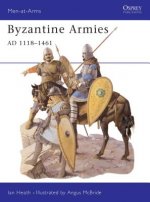
Byzantine Armies AD 1118-1461
441 Kč -

M18 Hell-Cat: 76 MM Gun Motor Carriage in World War II
481 Kč -

Armies of the Italian Wars of Unification 1848-70 (1)
329 Kč -

Roman Army Units in the Eastern Provinces (1)
356 Kč -
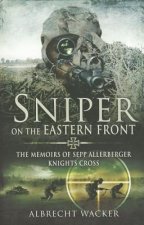
Sniper on the Eastern Front
276 Kč -
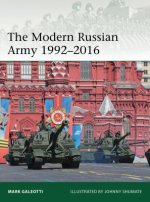
Modern Russian Army 1992-2016
454 Kč -
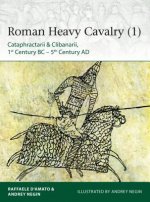
Roman Heavy Cavalry (1)
410 Kč -
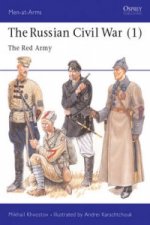
Russian Civil War (1)
441 Kč -
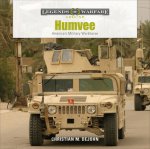
Humvee: America's Military Workhorse
580 Kč -

Polish Winged Hussar 1556-1775
540 Kč -
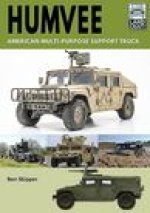
Humvee: American Multi-Purpose Support Truck
463 Kč -

French Resistance Fighter
507 Kč -

Black Ops
383 Kč -
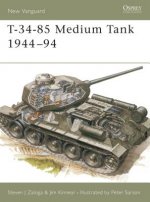
T-34-85 Medium Tank 1944-94
441 Kč -
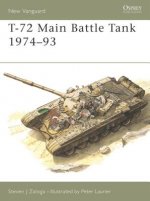
T-72 Main Battle Tank 1974-93
441 Kč -
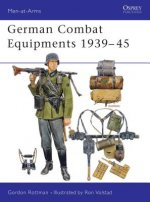
German Combat Equipment, 1939-45
356 Kč -

Polish Armies, 1569-1696
580 Kč -

Soviet Bloc Elite Forces
507 Kč -
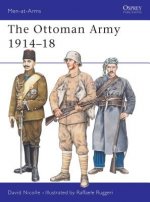
Ottoman Army 1914-18
441 Kč -

French Army in the American War of Independence
441 Kč -

Chinese People's Liberation Army since 1949
507 Kč -
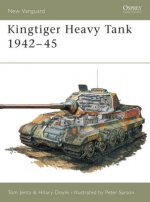
Kingtiger Heavy Tank 1942-45
441 Kč -

Imperial Chinese Armies 1840-1911
394 Kč -

French Medieval Armies 1000-1300
394 Kč -
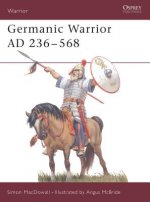
Germanic Warrior AD 236-568
507 Kč -

T-80 Standard Tank
394 Kč -

Confederate Infantryman 1861-65
507 Kč -

Ninja
837 Kč -

British Army in North America 1775-83
441 Kč -
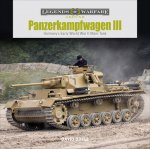
Panzerkampfwagen III: Germany's Early World War II Main Tank
639 Kč -
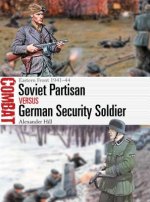
Soviet Partisan vs German Security Soldier
383 Kč -

Counterinsurgency
637 Kč -
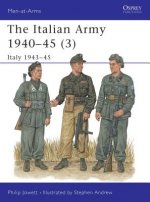
Italian Army 1940-45 (3)
441 Kč -
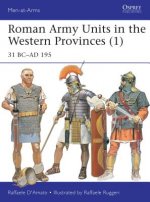
Roman Army Units in the Western Provinces (1)
329 Kč -

Armies of the Muslim Conquest
394 Kč -

Ancient Assyrians
507 Kč -
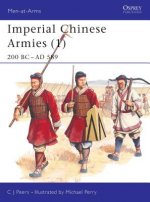
Imperial Chinese Armies (1)
441 Kč -
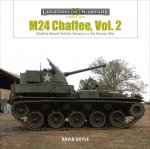
M24 Chaffee, Vol. 2: Chaffee-Based Vehicle Variants in the Korean War
580 Kč -
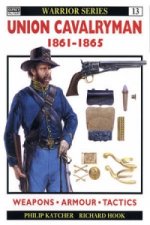
Union Cavalryman 1861-65
507 Kč -
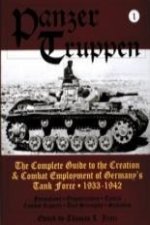
Panzertruppen: The Complete Guide to the Creation and Combat Employment of Germany's Tank Force, 1933-1942
1636 Kč -

Napoleon's Line Infantry
441 Kč -
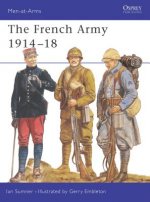
French Army 1914-18
441 Kč -

Wolfe's Army
441 Kč -
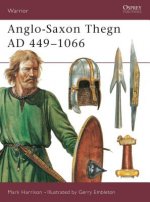
Anglo-Saxon Thegn AD 449-1066
507 Kč -

Condottiere 1300-1500
507 Kč -
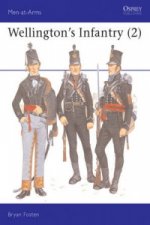
Wellington's Infantry
441 Kč
Osobní odběr Praha, Brno a 12903 dalších
Copyright ©2008-24 nejlevnejsi-knihy.cz Všechna práva vyhrazenaSoukromíCookies



 Vrácení do měsíce
Vrácení do měsíce 571 999 099 (8-15.30h)
571 999 099 (8-15.30h)